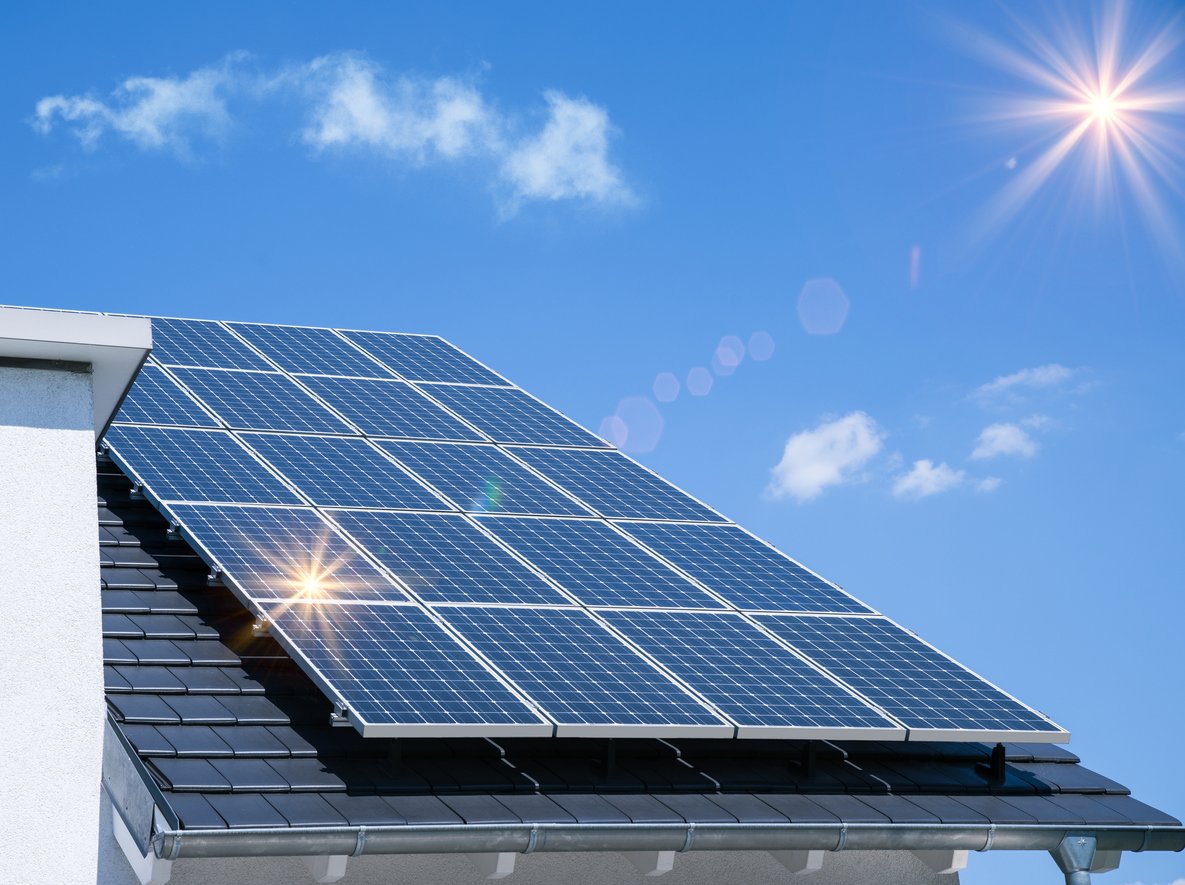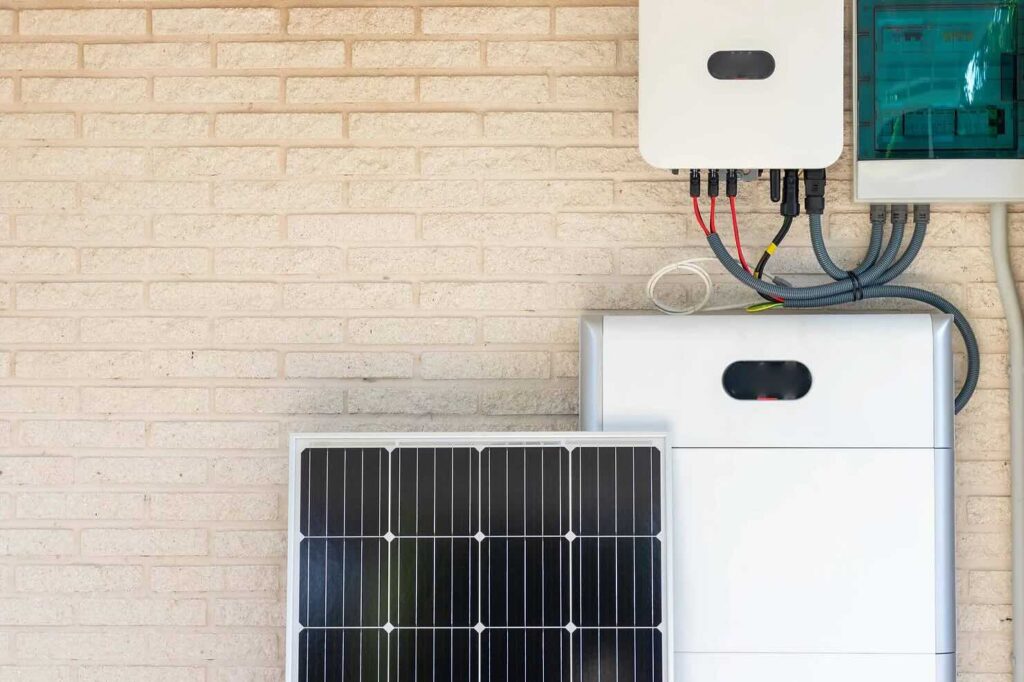Expanding your solar system or adding battery storage is a smart consideration for any homeowner investing in solar energy. Solar technology offers flexibility and scalability, allowing you to adjust your setup as energy needs grow or if your household gains new priorities. But what exactly does expansion involve, and what factors should you keep in mind? This guide covers everything you need to know about expanding your solar system or adding battery storage down the line.

1. Why Expand Your Solar System?
Expanding your solar system can give you more control over your energy usage, meet higher demand, and increase overall savings. Many homeowners begin with a modest system that offsets a portion of their energy usage. However, if your household grows or your energy needs increase, expanding your system makes sense.
Expanding also prepares you for adding an electric vehicle (EV), more appliances, or HVAC (heating, ventilation, and air conditioning) systems. By increasing your solar capacity, you’ll keep utility costs low while accommodating new devices.
2. Benefits of Adding Battery Storage
Battery storage offers unique benefits by allowing you to store excess solar power and use it during peak hours or outages. A battery makes your solar system even more valuable by storing surplus energy, which you can use at night or when solar generation dips. This addition can lead to further savings and provide energy security during unexpected outages.
3. Planning for Future Expansion or Battery Storage
The best time to think about future expansion is during your initial solar installation. Here are some considerations to make expansion easier down the road:
Choose the Right Inverter Size
Your inverter’s capacity is crucial for future expansion. Inverters convert the direct current (DC) electricity generated by your solar panels into the alternating current (AC) electricity your home uses. If you anticipate needing more energy, choose an inverter with a higher wattage capacity than you currently need. Many solar experts recommend installing a “battery-ready” inverter, designed to connect with battery storage easily, however many battery systems do come complete with their own dedicated battery inverter.
Roof Space and System Layout
Adding panels requires adequate roof space, so make sure your installer understands your potential expansion plans. Ideally, panels should be grouped together when connected in series, facing the same direction for consistent energy production. Some setups may also allow for ground-mounted arrays, depending on your property.
Electrical Panel Upgrades
To accommodate more solar panels or battery storage, you may need an upgraded electrical panel. Some older homes or smaller setups may have panels with limited amperage, which could restrict expansion. Consult with your installer about potential electrical panel upgrades to support additional capacity.

4. Adding More Solar Panels: Steps Involved
When you’re ready to expand your solar panel system, you’ll want a seamless process. Here’s what you can expect:
Site Assessment and Approval
Just as with your initial installation, expanding your solar system requires a site assessment. Your installer will evaluate your roof’s available space, structural integrity, and shading. Depending on your local regulations, you may also need approval from your energy provider to ensure grid compatibility.
Choosing Compatible Panels
While it’s ideal to expand with the same brand and model as your existing panels, this isn’t always necessary. However, make sure your new panels are compatible with your inverter and existing setup. If you plan ahead, future expansions with similar panels are easier and more visually cohesive. It is always possible to add an additional inverter if your current unit is too small or not compatible with the new solar panels.
Connecting to the Grid
In most cases, adding panels to your system will involve grid re-approval. This process varies based on your region but typically includes submitting your expansion plans for approval to ensure grid safety and reliability.
5. Installing Battery Storage
If you’re adding a battery to an existing solar system, the process will vary depending on your current setup. Here’s how it usually works:
Battery Compatibility and Inverter Type
Your system’s inverter determines battery compatibility. Hybrid inverters are designed to work with both solar and battery storage systems, making it easier to add a battery in the future. However, if you don’t have a hybrid inverter, you can install a battery-specific inverter to connect your storage to your existing system.
Selecting the Right Battery Size
Batteries come in various sizes, typically measured in kiloWatt-hours (kWh). The right battery size for your home will depend on how much energy you want to store, your consumption habits, and your budget. A solar professional can guide you on battery sizing based on these factors.
Installation and Connection
Battery installation involves mounting the unit in a safe, accessible location, like a garage or utility room. The battery connects to your solar system via its own dedicated inverter or a solar-hybrid inverter. Once installed, the battery charges during peak solar production hours and supplies power as needed.

6. Costs and Financial Considerations
Expansion costs vary depending on the number of panels, equipment compatibility, and labour requirements. Typically, adding more panels to an existing system costs less than installing a new system due to existing infrastructure. However, be prepared for some additional expenses, especially if upgrades to your inverter or electrical panel are required.
Similarly, adding a battery storage system incurs additional costs. Currently, batteries range from $9,000 to $17,000, depending on capacity and brand. You may also be eligible for government incentives, as some Australian states offer rebates for battery storage, which can offset the cost.
7. Government Incentives and Rebates
Australia has several programs that support solar and battery installations. The Small-scale Renewable Energy Scheme (SRES) provides financial incentives for solar, helping lower installation costs through small-scale technology certificates (STCs). Some states also offer battery rebates or incentives, such as NSW Battery Rebate and Northern Territory Home and Business Battery Scheme, which help reduce the upfront costs of battery installations. Staying informed on available rebates can make expansion or battery storage more affordable.
8. Is Expansion Right for You?
Expanding your solar system or adding battery storage is beneficial, but timing is crucial. If your energy needs are steady and your current system meets demand, holding off might be wise. However, if your consumption has increased, or you plan to purchase an EV or additional appliances, expansion can prevent future spikes in electricity costs.
Battery storage is especially beneficial if your energy provider offers time-of-use rates, as it enables you to avoid high costs during peak hours. Those in areas prone to power outages also benefit greatly from battery storage, as it ensures energy availability when the grid is down.
9. The Future of Solar and Battery Technology
Solar and battery technology continues to advance, making future expansions more accessible and affordable. As demand grows, panel efficiency is expected to increase, with battery costs continuing to decline. For many, planning for future expansion is a wise choice, especially given the steady improvements in energy efficiency and cost-effectiveness.
Conclusion
Expanding your solar system or adding battery storage is feasible and advantageous for many Australian homeowners. Whether you’re looking to offset higher energy needs, reduce costs, or gain energy independence, solar expansions and battery storage may make it possible. By planning ahead and considering your energy needs, budget, and available incentives, you’ll ensure that any future expansion fits seamlessly with your existing system.
So, if your energy needs evolve, know that your solar system can evolve with you.